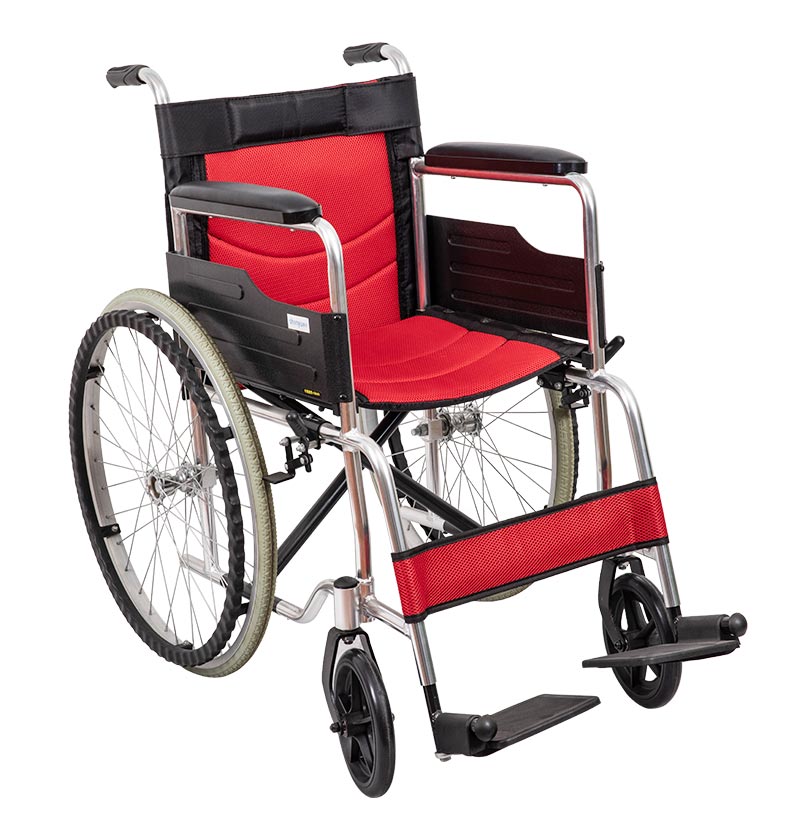How should the two help patients transfer between the wheelchair and the bed
Update:20-05-2021
Summary:The transfer between the wheelchair and the bed is a complex transfer action, and it is also the first step for the patient to move around. This actio...
The transfer between the wheelchair and the bed is a complex transfer action, and it is also the first step for the patient to move around. This action requires the patient to be able to tolerate the wheelchair sitting position, free from unstable fractures, postural hypotension and other unsafe factors; if independent transfer is to be carried out, the patient must also have a certain trunk and limb control ability, and a wheelchair and a bed. The gap between them should be as small as possible. In the nursing process of participating in the wheelchair-to-bed transfer, the principles of safety, speed and practicality should be followed to guide and help patients to complete this action.
Transfer between wheelchair and bed assisted by two persons:
This method is generally applied to patients who are extremely weak, too obese and unable to move to a wheelchair, or have advanced brain dysfunction and loss of physical mobility. There are two specific methods to move the patient from bed to wheelchair or from wheelchair to bed by two nurses:
Transfer between wheelchair and bed assisted by two persons:
This method is generally applied to patients who are extremely weak, too obese and unable to move to a wheelchair, or have advanced brain dysfunction and loss of physical mobility. There are two specific methods to move the patient from bed to wheelchair or from wheelchair to bed by two nurses:
The wheelchair is locked at the edge of the bed at 20°. The patient takes a sitting position, with the torso flexed forward and the arms crossed under the ribs. A caregiver stands behind the patient with his legs clamped on one side of the rear wheel of the wheelchair, his hands pass under the patient's armpits, and grasps the patient's crossed forearms. The two arms encircle the patient's chest and clamp the lower part of the chest. Another caregiver was facing the bed, standing back and forth with both feet, supporting the patient's lower limbs with his arms, one hand on the thigh and the other hand on the calf. The heavier the patient, the higher the position of the hand. Clamp your hands during this process and raise your arms to avoid touching the wheelchair. If the caregiver's strength is weak, you can raise the buttocks a little bit by pulling slightly to both sides.
②Vertical transfer method.
②Vertical transfer method.
The wheelchair is locked vertically to the side of the bed, and the front is as close to the side of the bed as possible. The patient takes a seated position, with his torso bent forward, his back to the wheelchair, and his body as close to the bed as possible. The two caregivers are separated from the front and back, standing on both sides of the patient, with their shoulders against the lower part of the patient’s chest; the caregiver supports the patient’s buttocks with one hand, and if the patient is heavier, he can grasp the waist of the patient and place one hand under the patient’s thigh to hold each other tightly Caregiver's hands. The patient’s upper limbs were placed on the shoulders of the two caregivers. The two caregivers lifted the patient at the same time according to the agreed signal, moved the center of gravity back and placed the patient on the wheelchair.












